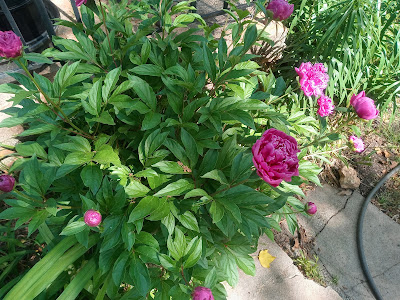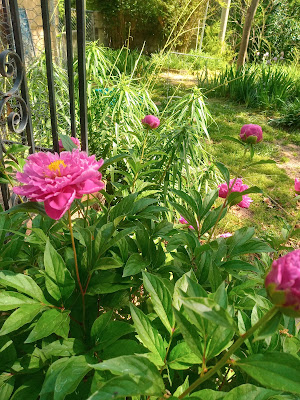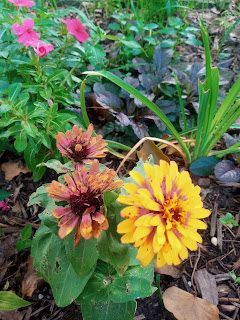Last week I had 5 mature Oak Trees trimmed. All of the trees were over 30 feet in height and the tree service had to use a bucket to get to the branches that needed to be cut back.
When you get your trees
trimmed it will improve the health of trees as they will get more sunlight and
the trimming will make your property appear more pleasing to the eye.
The tree service that we
hired, did not remove the new growth, instead, they concentrated on the dead
branches and the overhang branches that covered our driveway and also inhibited
the sunlight. Many of the smaller fruit-bearing trees, and flowers were not getting enough sun and they were all dying.
Know that costs do vary
but for 5 mature trees over 30 feet in height we paid $1K. Online research indicated that the average
costs range from $1K to $2K and I guess that depends on your location and how
easy it is to get to your trees.
Normally tree trimming is
done in the spring and summer and pruning is done in late fall and winter (November
– March)
Pruning is when they
remove unnecessary branches, that have died and need to be cut off. The cooler season makes the trees less susceptible
to insects and disease.
The tree service will
access your trees to determine if tree branches are growing too close to power
lines, your house or other buildings. Pruning
keeps your trees looking neat and discourages branches from growing in the
wrong direction.




















































